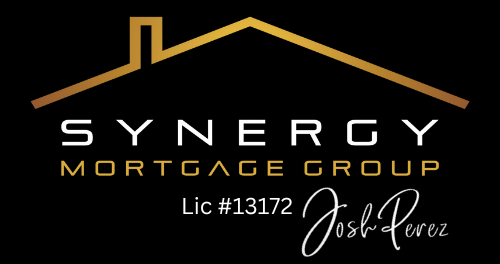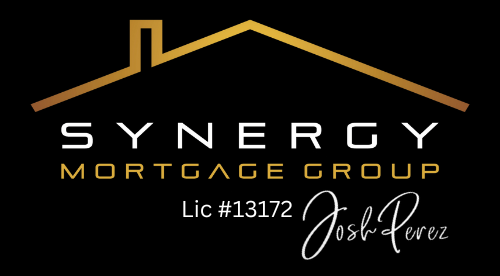Unlocking Opportunities with Equity Takeouts: What You Need to Know
Hi, Josh Perez here, and today I want to talk about something that’s on the minds of many homeowners and investors: equity takeouts. Whether you're looking to fund a renovation, consolidate higher-interest debt, or grow your wealth, equity takeouts are a powerful financial tool that could help you achieve your goals.
Let’s dive into how equity takeouts work and why they might be the right option for you.
"The right equity takeout product can let you access $100,000 to $200,000—or more—for renovations, investments, or debt consolidation, all without moving your low-rate mortgage. It’s about finding the right lender to make your financial goals happen."
Taking Control of Your Financial Goals
The first step is getting clear on what you want to achieve. Maybe you're feeling the pinch of rising costs and inflation, and you’re thinking, I need to invest to keep pace. Whether it’s building wealth, paying off high-interest debt, or upgrading your home, equity takeouts are a strategic way to access the value locked in your property without completely overhauling your existing mortgage.
Flexible Options Without Touching Your Low-Rate Mortgage
One of the most common concerns I hear is, I don’t want to lose my low-rate mortgage. If you’re sitting on a mortgage with a rate of 2-3%, you’re not alone. The good news? You don’t have to move your mortgage to access your equity.
There are lenders who specialize in second mortgages or home equity loans, allowing you to keep your existing low-rate mortgage intact while giving you the flexibility to tap into your property’s value. This can be especially useful if you need $100,000 to $200,000 (or more) for a down payment on an investment property, major renovations, or other financial goals.
Partnering with the Right Lender
It’s not just about the bank you’re with right now. We work with a variety of lenders who are willing to come in behind your current mortgage holder and offer solutions tailored to your needs. These options open up new possibilities, even if your primary lender isn’t the right fit for your current goals.
For example, if your bank won’t approve the equity pull you’re looking for, there are other lenders who can step in, providing the financing you need to move forward.
Why Equity Takeouts Matter
In today’s financial climate, many people view investing as a necessity to stay ahead. Inflation erodes the value of your money and assets, so putting your equity to work—whether through real estate investments, renovations, or acquiring new assets—is a way to build and preserve your wealth over time.
Is an Equity Takeout Right for You?
If you’re considering an equity takeout, here are a few key questions to ask yourself:
- What are my financial goals?
- How much equity do I need to access?
- What will I use the funds for?
- Am I comfortable exploring options beyond my current lender?
At the end of the day, the right strategy depends on your unique situation. As mortgage brokers, our job is to help you navigate these options and connect you with the best lender for your needs—whether it’s for your first investment property, a big renovation, or simply making your financial picture more manageable.
Let’s Talk
If you’re ready to explore your options for an equity takeout, I’m here to help. Together, we can review your goals, assess your property’s equity, and find the solution that works best for you. Don’t let untapped potential sit idle—let’s put your equity to work.
Reach out today, and let’s start building toward your financial goals.





